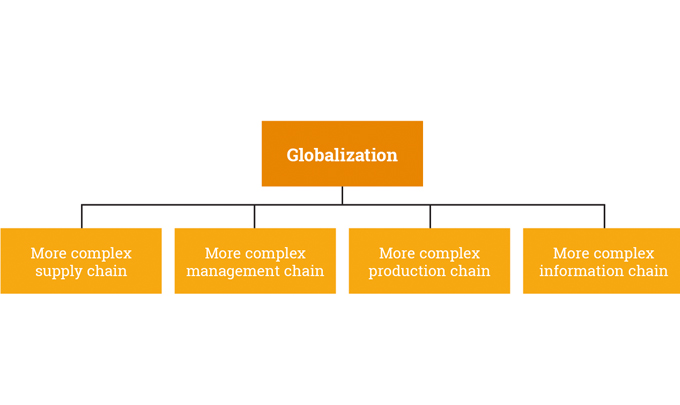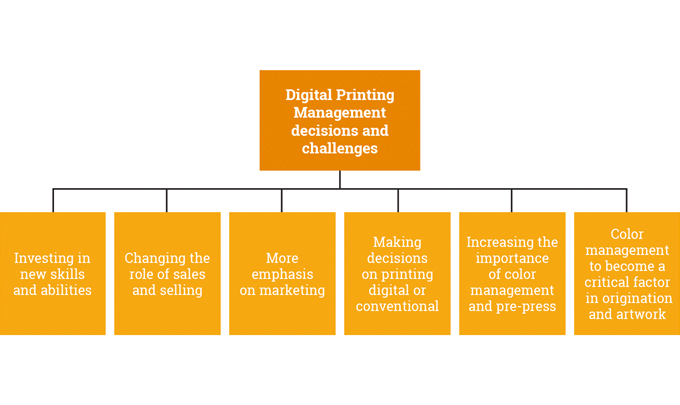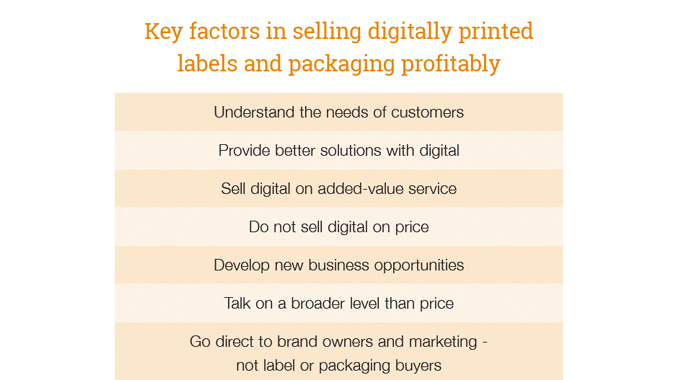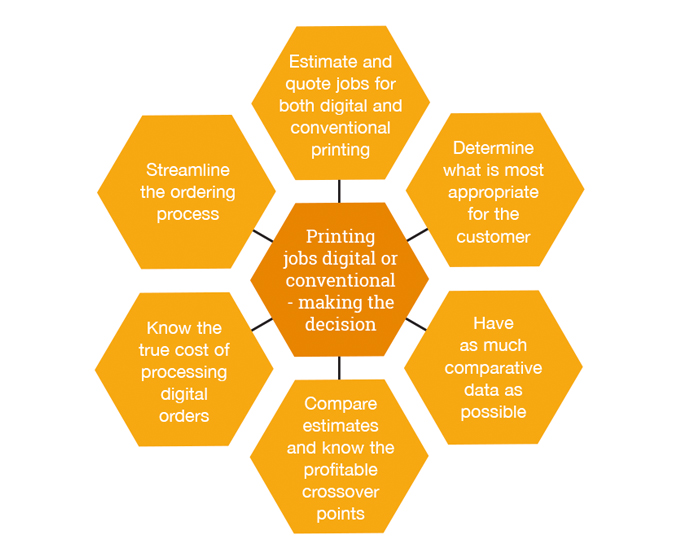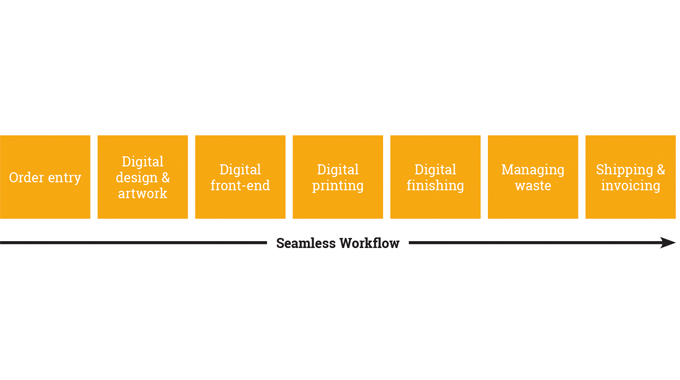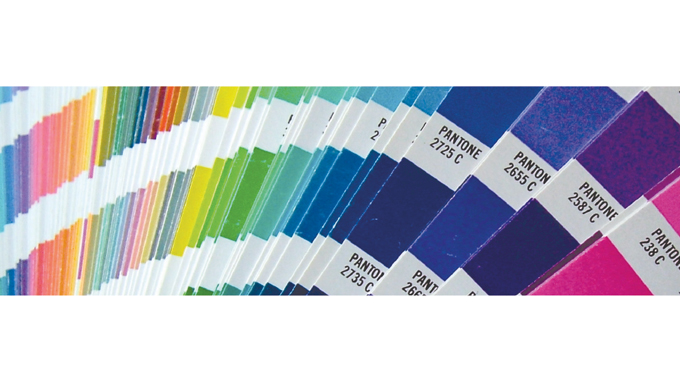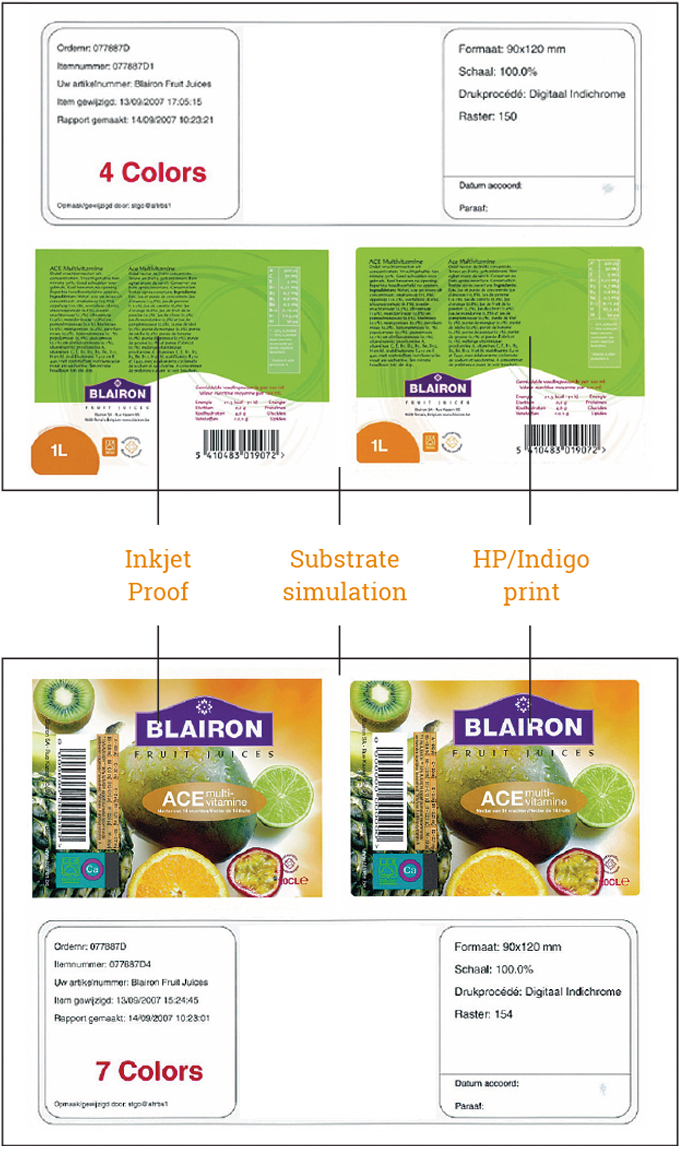Managing the digital process in label and package printing plants
WHY INVEST IN DIGITAL PRINTING?
Since the mid-1990s well over 2,000 digital presses have been installed in the global label industry, most of those into plants that already operated conventional presses using flexo, offset, letterpress, screen printing process – or those processes combined to an increasing degree into multi-process press lines.
But what have these label converting and growing numbers of package printing companies gained from also investing in digital equipment?
Well, talk to many of them and there appear to be a number of key reasons or benefits in common that made them take the decision to install digital presses, in particular:
- To meet the changing market, technology and production demands and requirements of their customers
- To reduce costs while improving margins, so as to be more competitive and profitable on shorter runs.
- To be more innovative and to offer customers new added-value solutions and opportunities that may include personalisation, sequential numbering or coding
- To widen the converter’s capability and provide an enhanced level of service and solutions to customers.
Stay up to date
Subscribe to the free Label News newsletter and receive the latest content every week. We'll never share your email address.
